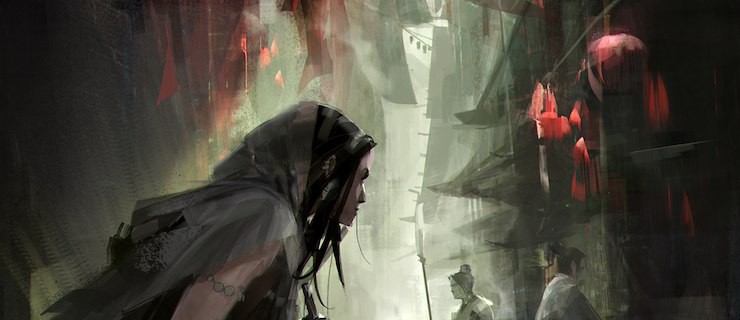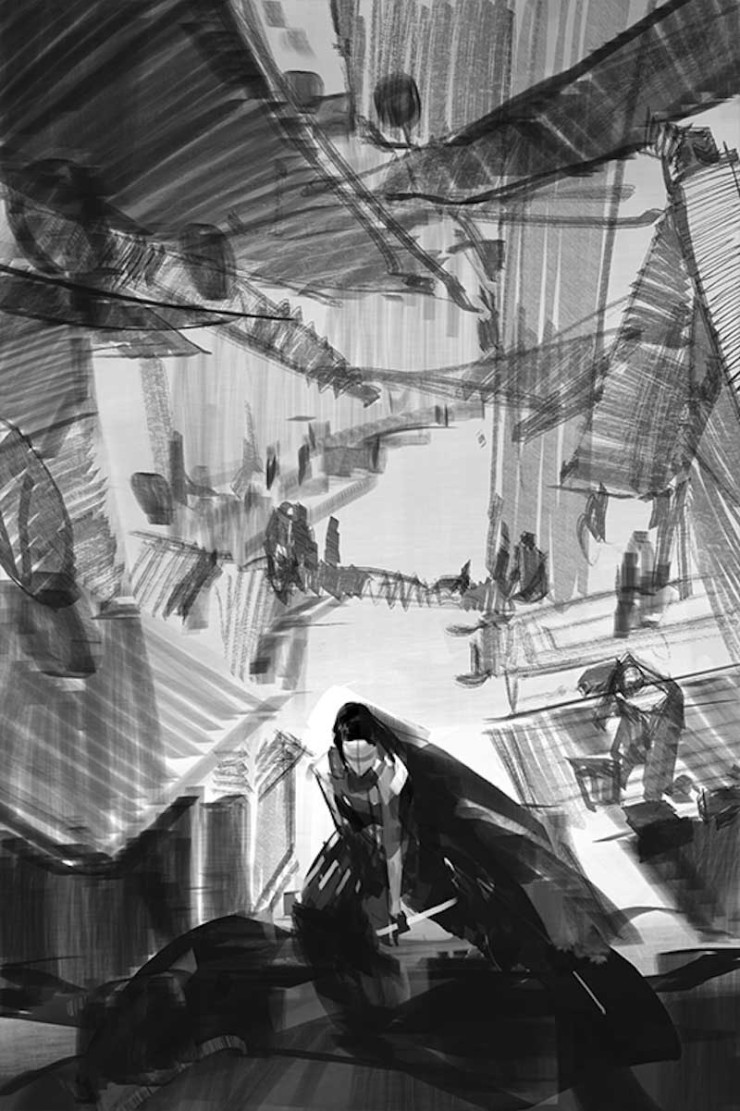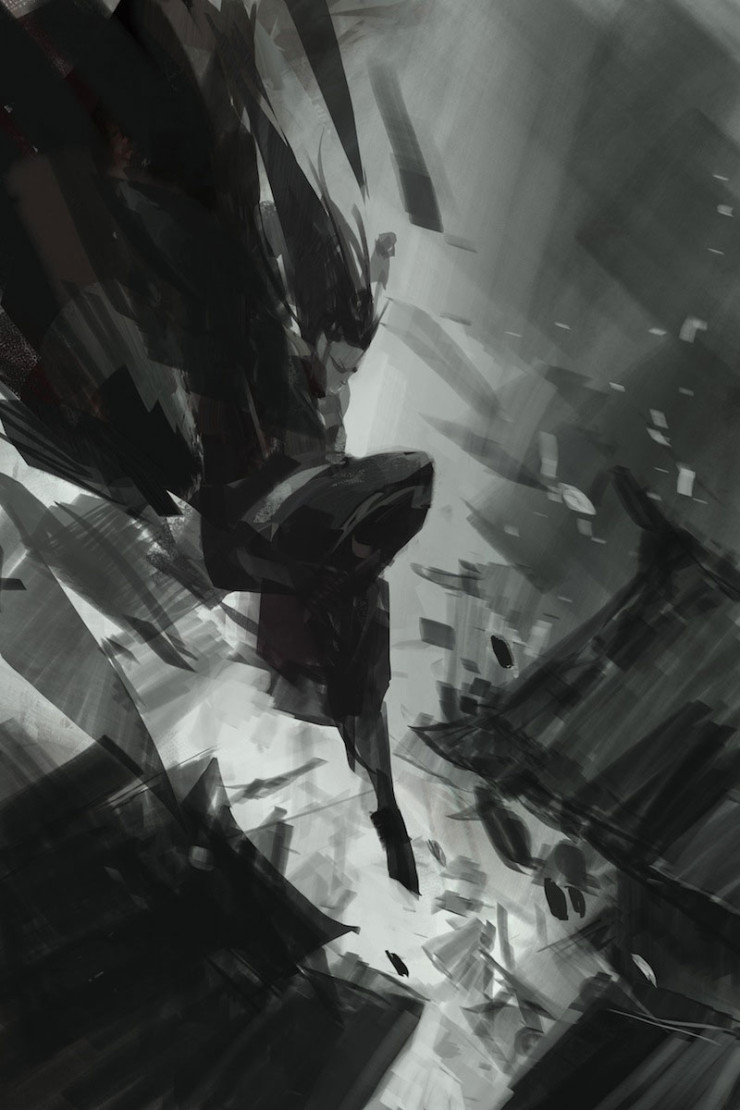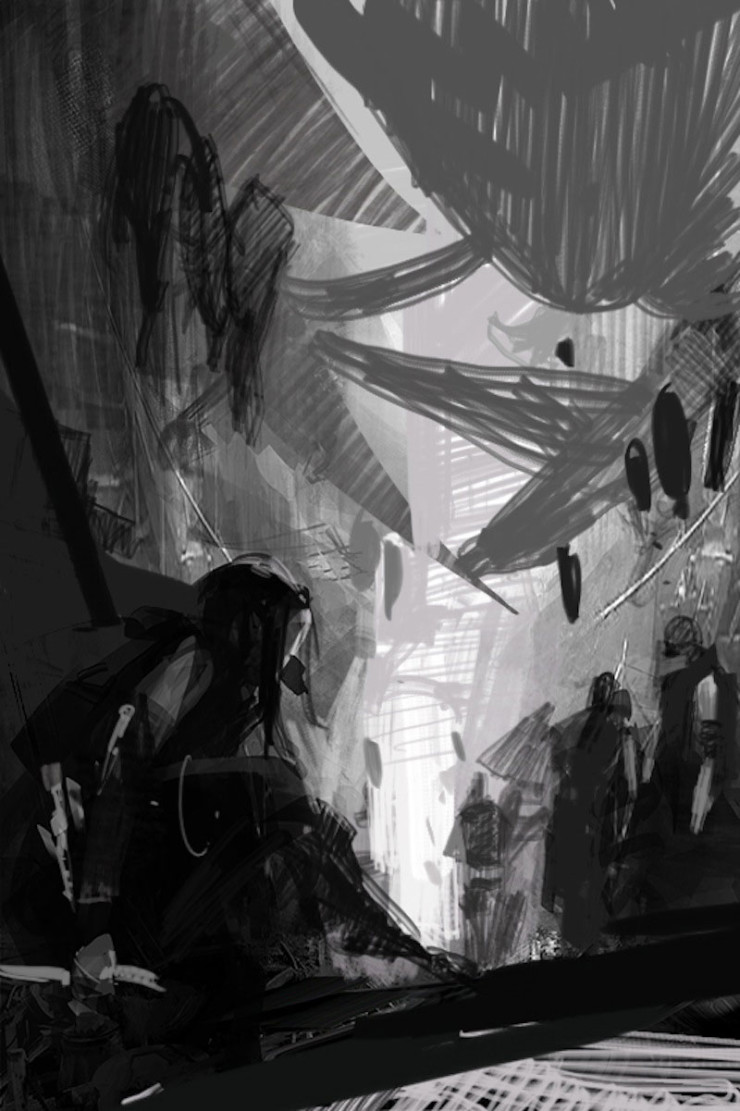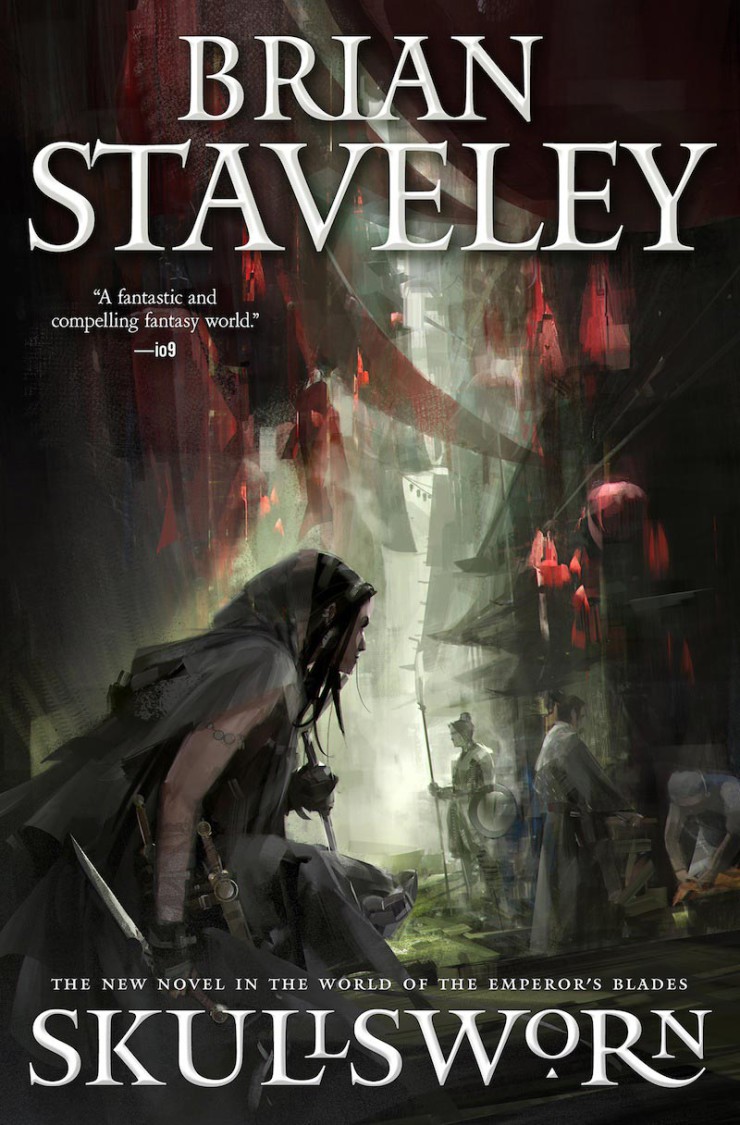I’m struck, sometimes, by all the ways in which writing a book is nothing like playing hockey. I was never very good at hockey, but I liked it, and played through the start of high school. Hockey, of course, is a team sport. This means that individual players can leave the ice and the game will keep going. Not only that, but your team can score goals without you doing a damn thing. This isn’t to say you don’t bust your ass every time you’re on the ice, but that when your line is taking a breather on the bench, things are still progressing.
Not so much with the writing of books. If a writer takes a breather to make a cup of coffee, no one subs in to keep pushing the chapter forward. I never come back to my computer to discover I’ve scored another few paragraphs without noticing. Which can be demoralizing.
As a result, I get disproportionately excited for those rare times in the process when someone else is actually pushing the story forward without me: when my wife, or agent, or editor goes to work on the text. Or in this case, when Richard Anderson and Irene Gallo, the artist and artistic director, get their hands on it. The feeling is like flopping over the boards and onto the bench totally exhausted, muttering to them, “I don’t know if we’re winning or losing, but go do something awesome…” And then they do.
My newest book, Skullsworn, is about an assassin, Pyrre, who goes back to the city of her birth to pass the final test of her religious order: killing ten people in a month. She’s not all that worried about the killing—after all, she’s been training for fifteen years among some of the most deadly men and women in the world. The trouble is, the test stipulates that among the ten offerings, one must be a person that she loves. And Pyrre has never been in love. So it’s a romance novel—some kissing, some heartache, some sex—but with monsters, murder, and buckets and buckets of blood.
I passed along the synopsis to Tor’s art department, along with further notes about character, location, and tone. Rich and Irene put together three sketches, then came back to me for feedback.
I knew right away that the sketch I call Posing (above) was wrong. It does a great job evoking the city—the canals, causeways, bridges, lanterns—all of which are crucial to the story, but Pyrre’s posture there at the center of the scene isn’t right for her character. For one thing, she’s an assassin; she tries to blend in, to disappear. More importantly, however, the Pyrre in this book isn’t yet confident enough of herself to take center stage. Despite being one of the world’s most deadly people, she’s still floundering in the effort to understand her own emotions. She feels like an outsider, not just in this city, but among humanity in general.
I love the sketch I call Leaping. It’s exciting and kinetic, and captures an important truth about Pyrre—when she’s in action, she’s almost unstoppable. There’s a reason that people spread over three continents are terrified of the Skullsworn, and there are scenes in this book where Pyrre just rips shit up then burns it down. On the other hand, the killing, as I mentioned above, isn’t Pyrre’s central challenge. Leaping suggests a character with few doubts, a woman who never second-guesses herself. Pyrre might become that character in twenty years, but she’s not there yet.
Finally, we have Stalking. This one hits all the right notes. Like Posing, it gives a feel for the city, but here Pyrre is in the shadows, close to the quotidian world of human affairs, but separate, unnoticed. She’s also motionless. Her knife is drawn, but the drama doesn’t come from the knife itself, or the imminent violence, but from what’s in her mind, from her struggle to understand her own motives and emotions, then to translate them into the life she wants to live. It’s not easy to fall in love, especially when you’re staying up late every night giving women and men to the god of death. That’s the book I’m trying to write.
The final version of the cover is just perfect. The color, the claustrophobia of Dombang’s hot, narrow alleys, the fish-scale lanterns, Pyrre’s crouch, ready, predatory, but not yet committed—this cover captures everything I’d hoped about the book. I really do feel like I came off the ice, spent a shift on the bench, then came back to the book to find it better than before, more vibrant, more alive. It’s a reminder that a writer does have team mates in the book game, and boy am I grateful for them.
Skullsworn publishes April 2017 from Tor Books.
Brian Staveley‘s first book, The Emperor’s Blades—the start of his series, Chronicle of the Unhewn Throne—won the David Gemmell Morningstar Award, the Reddit Stabby for best debut, and scored semi-finalist spots in the Goodreads Choice Awards in two categories: epic fantasy and debut. The second book in the trilogy, The Providence of Fire, was also a Goodreads Choice semi-finalist. The concluding volume of the trilogy, The Last Mortal Bond, is available now from Tor Books. Brian lives on a steep dirt road in the mountains of southern Vermont, where he divides his time between fathering, writing, husbanding, splitting wood, skiing, and adventuring, not necessarily in that order. He can be found on Twitter at @brianstaveley, Facebook as brianstaveley, and Google+ as Brian Staveley or at his blog, On the Writing of Epic Fantasy.










